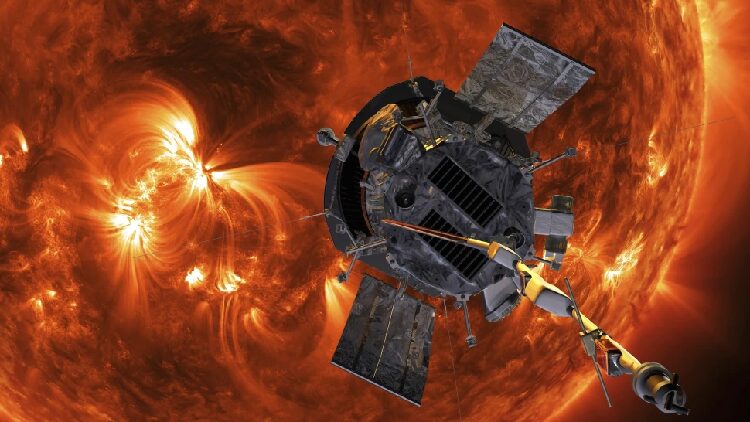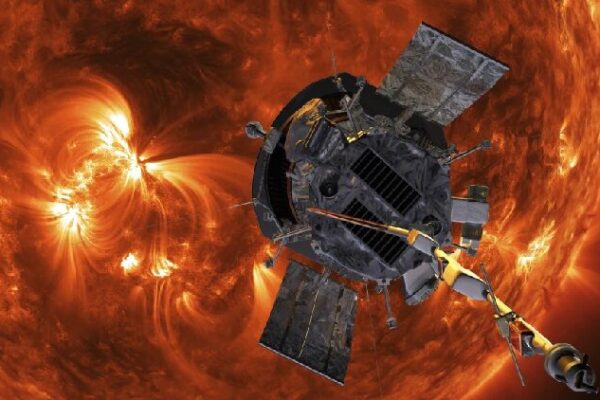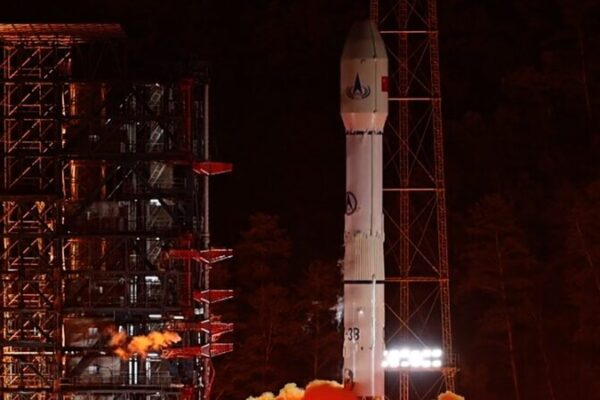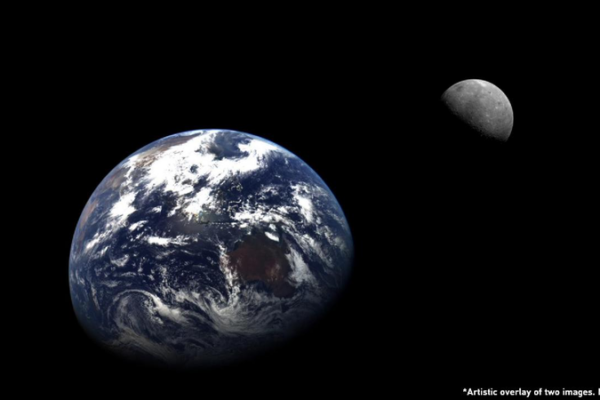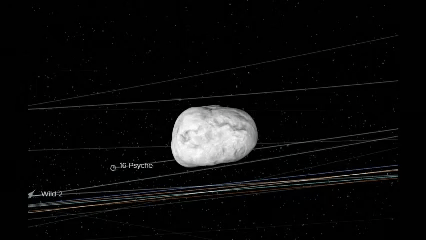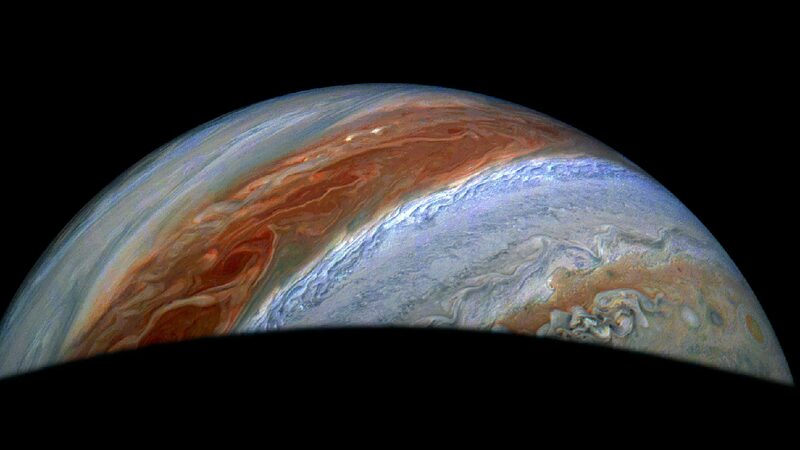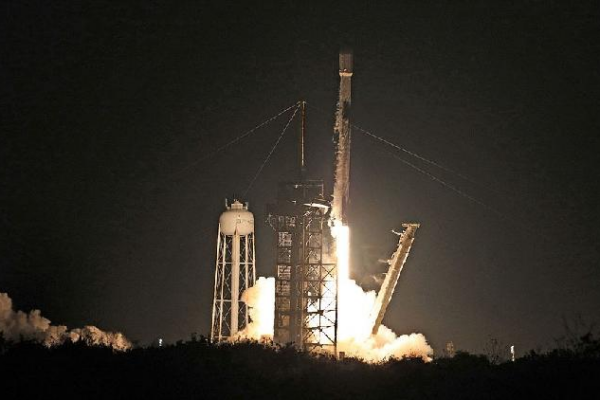NASA’s Parker Solar Probe is gearing up for a daring dive closer to the sun than any spacecraft before. Launched in 2018 with the goal of unlocking the sun’s secrets, the probe is scheduled to make its record-breaking approach on Tuesday, venturing within a scorching 3.8 million miles (6 million kilometers) of the sun’s surface.
To put that into perspective, if the sun and Earth were on opposite ends of a football field, Parker would be standing just 4 yards (about 3.7 meters) from the sun’s end zone. “It both is our closest, friendliest neighbor, but also at times is a little angry,” said Joe Westlake of NASA, highlighting the mission’s significance.
The Parker Solar Probe will blaze through the sun’s outer atmosphere, known as the corona, traveling at an astonishing speed of 430,000 mph (690,000 kph). This makes it the fastest spacecraft ever built. Equipped with a robust heat shield designed to endure temperatures up to 2,500 degrees Fahrenheit (1,371 degrees Celsius), Parker is well-prepared for the intense heat.
Mission managers will have to wait patiently to learn how the probe fares during this close encounter. Parker will be out of communication range during the flyby, and updates are expected days later.
Scientists are eager to gather data that could explain why the sun’s corona is hundreds of times hotter than its surface and to understand the forces behind the solar wind—a stream of charged particles that can impact Earth by disrupting communications and power grids.
The sun is currently at the peak of its 11-year solar cycle, leading to spectacular auroras visible in unexpected places. Parker’s close approach comes at a crucial time to study these solar phenomena.
After this flyby, the probe will continue to orbit the sun at this distance until at least September, providing unprecedented insights into our star. As Westlake points out, understanding the sun is vital: it’s our life-giving neighbor but can also unleash powerful storms that affect our planet.
Reference(s):
NASA's solar probe aims to fly closer to the sun like never before
cgtn.com
